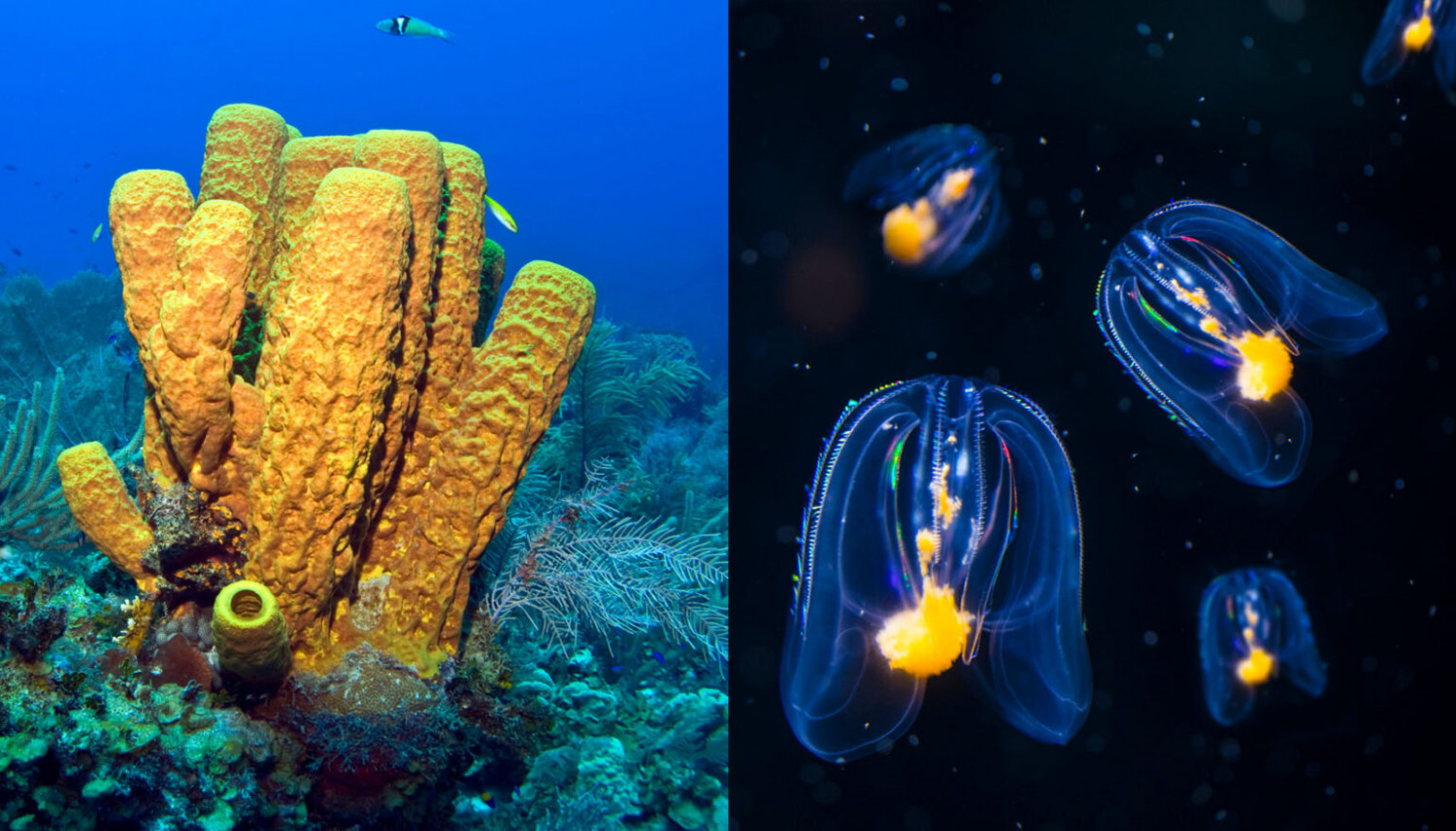By Date
Happy Holidays from all of us at MCB!
As the year draws to a close, we want to take a moment to express our deep gratitude for our MCB community of students, postdocs, staff, faculty, alumni and friends. 2025 has been a year marked by exciting discoveries, shared successes, and the remarkable resilience and dedication of our community. We hope you enjoy our year-end video highlighting some of our 2025 memories together.
Portnoy lab microbiologists create “Microbe Circuit” at the local elementary school
Learn more about the BioE MEng
Alice Tang named to 30 Under 30
All life copies DNA unambiguously into proteins. Archaea may be the exception.
 Learn about research from the lab of Assistant Professor of Genetics, Genomics, Evolution, and Development Dipti Nayak.
Learn about research from the lab of Assistant Professor of Genetics, Genomics, Evolution, and Development Dipti Nayak.
Excerpt from UC Berkeley News: "A study finds that one microbe, a member of the Archaea, tolerates a little flexibility in interpreting the genetic code, contradicting a 60-year-old doctrine." Read the full Berkeley News article here.
UC Berkeley dean’s research inspires emerging treatment for rare bone disease
 Learn about research from the lab of Dean of Biological Sciences, Professor of Genetics, Genomics, Evolution, and Development Richard Harland.
Learn about research from the lab of Dean of Biological Sciences, Professor of Genetics, Genomics, Evolution, and Development Richard Harland.
The Fall 2025 Transcript newsletter is here!
 Learn about MCB's exciting research, new faculty, molecular medicine lab, department-wide retreat, alumni and more!
Learn about MCB's exciting research, new faculty, molecular medicine lab, department-wide retreat, alumni and more!
Did the first animal look like a sponge or a comb jelly? The debate continues.
 Learn about new research from the lab of Professor of Genetics, Genomics, Evolution, and Development Nicole King.
Learn about new research from the lab of Professor of Genetics, Genomics, Evolution, and Development Nicole King.
Nature provides the answers
Researchers pioneer greener way to extract rare earth elements
Four BioE Faculty Named 2025 Highly Cited Researchers
Even moderate heat waves depress sea urchin reproduction aling the Pacific coast

Biologists believed that urchin reproduction along the Pacific Coast would only be affected by marine heat waves at lethal ocean temperatures, a new study conducted by IB Assistant Professor Daniel Okamoto and other marine biologists at UC Berkeley suggests that this threshold of susceptibility, for urchins and other marine species, may be at lower temperatures than previously thought. Read the full article here.
Origin of Life - Nov 18

The origins of ever-evolving life are never sufficiently explained; innovations in the complex origins of life are continually being expanded into new horizons. Join Wonderfest’s guest speaker, Distinguished IB Professor and Director of the University of California Museum of Paleontology, Dr. Charles Marshall, on November 18, 2025, as he explores the integral role of energy and information in the past, present, and future of life on Earth. Read the full article here.
In Memoriam: Michael J. Chamberlin
 Michael Chamberlin
Michael Chamberlin
Miller awarded Camille Dreyfus Teacher-Scholar Supplemental Grant
 Associate Professor of Biochemistry, Biophysics and Structural Biology Evan Miller was selected as one of 16 Camille Dreyfus Teacher-Scholar Supplemental Grant recipients for 2025. This award, from the Camille and Henry Dreyfus Foundation, provides funds to support Miller's research project "A Generalizable Method to Improve the Brightness of Long-Wavelength Fluorophores". Read more about the award and 2025 recipients here.
Associate Professor of Biochemistry, Biophysics and Structural Biology Evan Miller was selected as one of 16 Camille Dreyfus Teacher-Scholar Supplemental Grant recipients for 2025. This award, from the Camille and Henry Dreyfus Foundation, provides funds to support Miller's research project "A Generalizable Method to Improve the Brightness of Long-Wavelength Fluorophores". Read more about the award and 2025 recipients here.
Heart-on-a-chip may lead to new treatments for heart failure
Taner Sen and Colleagues Sequence Complex Oat Pangenome
Electrostatics effects of jumping nematodes

Assistant Professor Victor Ortega-Jiménez and his lab have discovered that jumping entomopathogenic nematodes can be electrostatically attracted by the natural electric fields of the flying insects, thus increasing the effectiveness attachment to distant hosts and likelihood of infection. Read more...
Galicia receives L&S Staff Achievement Award

Carina Galicia has received the College of Letters & Science Staff Achievement Award for 2024-2025. Read more here.
Fletcher elected to National Academy of Medicine
 Professor (Affiliated) of Cell Biology, Development and Physiology Daniel Fletcher has been elected to the National Academy of Medicine (NAM). Fletcher was recognized "For the development of mobile phone-based microscopy to diagnose infectious diseases in developing countries, and for contributions to the mechanistic understanding of biological self-assembly and mechanotransduction." Read more in the National Academy of Medicine press release.
Professor (Affiliated) of Cell Biology, Development and Physiology Daniel Fletcher has been elected to the National Academy of Medicine (NAM). Fletcher was recognized "For the development of mobile phone-based microscopy to diagnose infectious diseases in developing countries, and for contributions to the mechanistic understanding of biological self-assembly and mechanotransduction." Read more in the National Academy of Medicine press release.